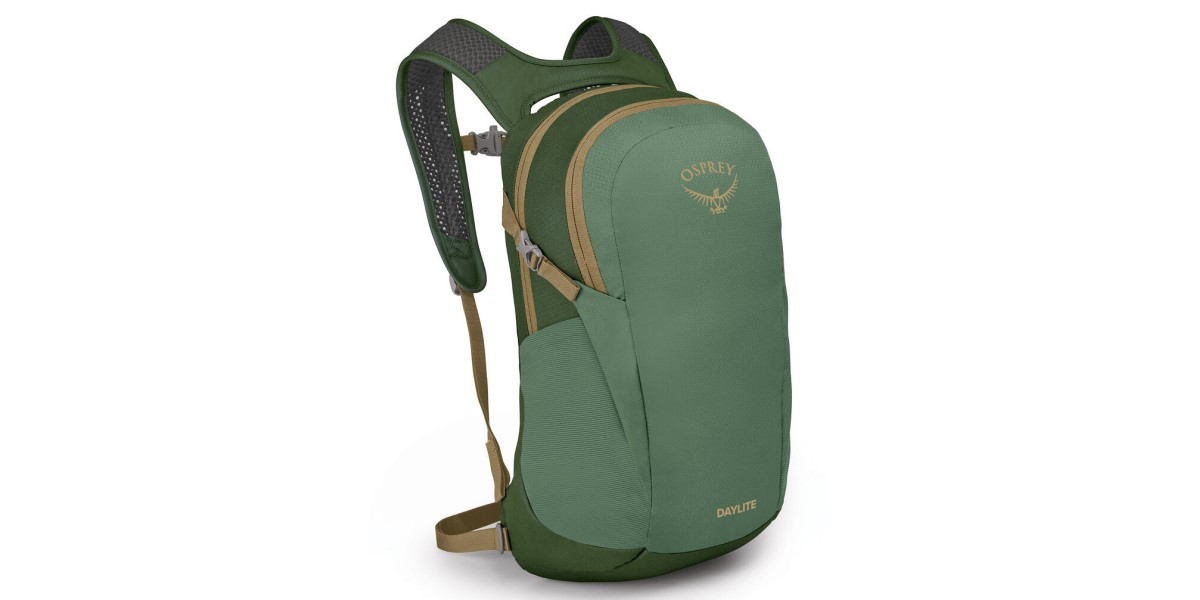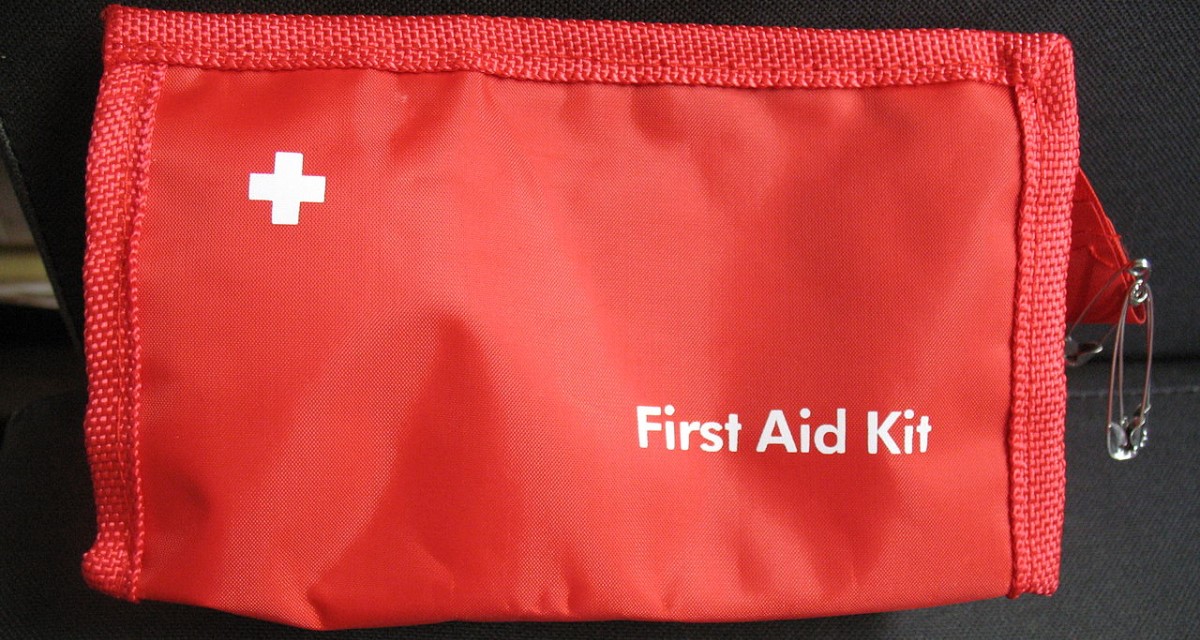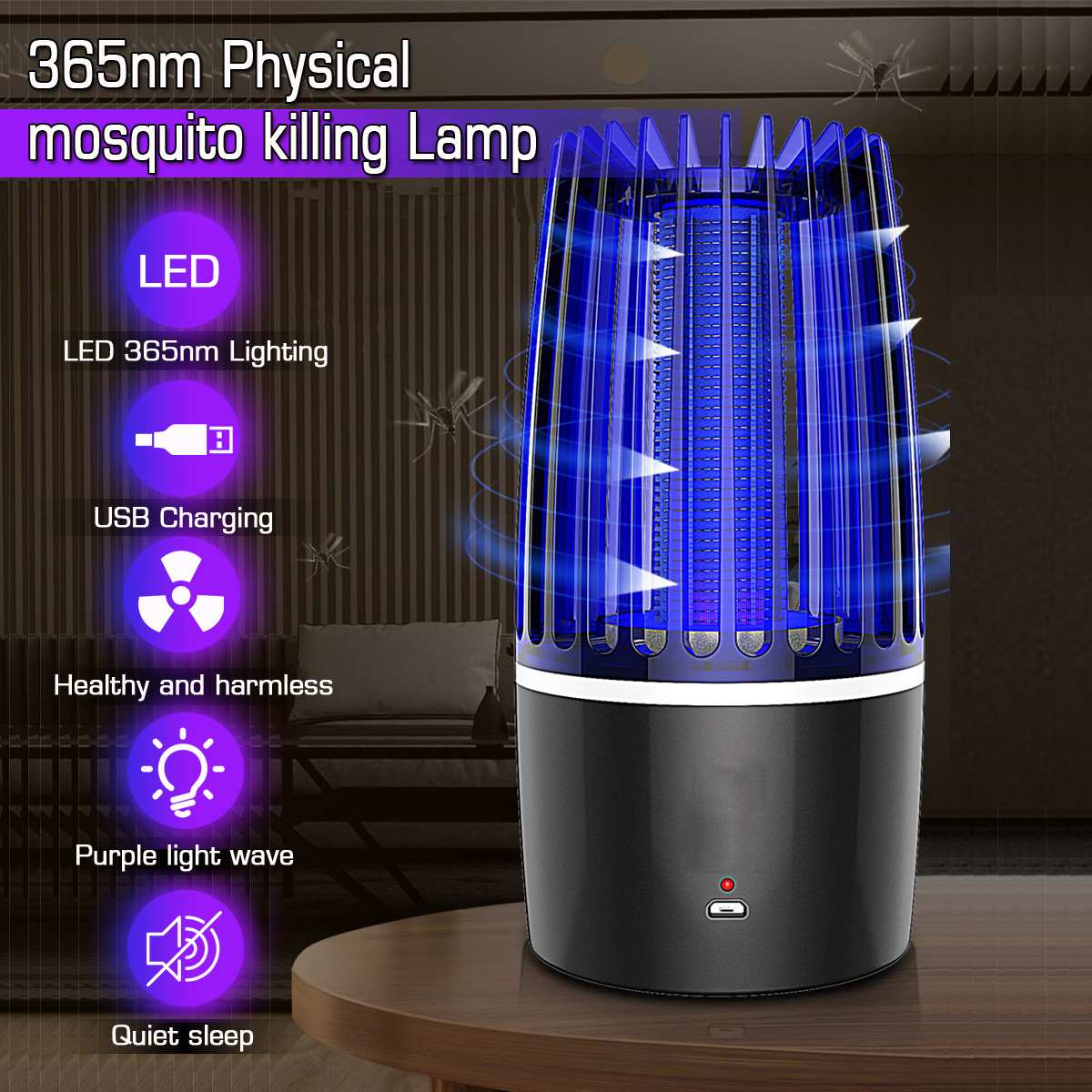You wouldn’t try to pound in tacks with a sledgehammer any more than you would try to drive railroad spiles with a tack hammer. It just doesn’t make sense.
You see where we’re going with this?
Fly fishing is a delicate art, but it also requires brute force at times. Going after brook trout in a mountain stream is very different from chasing down Chinook salmon in a mighty river. You need different tools, so it’s essential to be able to choose the right fly rod for your particular situation. One of the most important criteria for picking out a rod is deciphering the different weights of fly fishing rods.
Let’s take a closer look at the different weights of fly rods, and learn a bit about how to choose the perfect weight fly rod for you.
Understanding the Different Weights of Fly Fishing Rods
The first big question is, what does fly rod weight actually mean? If you’re fishing with a 4 weight rod, where did that number come from?
Simply put, fly rods are rated by weight, and a fly rod’s weight rating reflects the ideal size line that should be used on the rod. In other words, this means a 4 weight rod works best with fly line anywhere from 3 weight to 5 weight. Simple, right?
Of course, this also begs the question of what fly line weight means. Fly line weight ratings are based on the actual weight of the fly line itself (unlike weight ratings for monofilament and other spinning lines, which are based on the amount of weight the line can hold).
Fly line weight is measured in grains, a somewhat old-fashioned unit of measurement that was originally used to measure quantities of wheat and barley. A grain is the supposed weight of a single grain of barley, and there are about 15.4324 grains in a gram, in case you were wondering.
If all of that sounds pointless and overly complicated, then you may understand why we now use a much simpler system of fly line weights. What you need to know is that you should choose a fly rod with a weight rating that more or less lines up with the weight of the line you plan to use. Greater the weight indicates thicker and heavier line, which corresponds to casting larger flies for bigger fish.
Choosing the Ideal Weight Fly Fishing Rod
Picking out a fly rod based on weight is a matter of choosing the right tool for the right job. To some degree, it’s also a matter of personal preference, but you can use the size of the fish you expect to go after (and to a degree, the size of the body of water and the types of flies you intend to use) as a guide. As a general rule, you can break down the different weights of fly fishing rods something like this:
- 1 to 4 Weight: Just the right size for going after sunfish and small trout on ponds and small streams.
- 4 to 6 Weight: An all-around good trout rod, suitable for larger streams and rivers, as well as smaller bass fishing.
- 6 to 8 Weight: A more substantial fly fishing rod for bass, carp, light salmon and steelhead fishing, as well as smaller pike and light saltwater fishing.
- 8 to 10 Weight: Tough enough to handle winter steelhead and salmon, along with some saltwater species and big freshwater fish like pike and muskellunge.
- 10 to 14 Weight: For big game fish in saltwater, such as tarpon, sailfish and marlin.
Is There a Best All-Around Fly Rod Weight?
The big question is, if you were to pick out a single fly rod to have all your bases covered, what weight should it be? Granted, there’s no such thing as a one-size-fits-all fly rod, but what’s the closest you can get?
Ok, I’ll bite. If you’re looking for an all-around solid, jack-of-all-trades-master-of-none fly rod, your best bet would probably be a 5 weight.
A 5 weight rod is about as versatile as it gets. You can spool it with line ranging from 4 weight to 6 weight, and it will work reasonably well in practically any trout fishing scenario. You can fish for bass with it and not feel completely out-gunned, and you can even tackle smaller steelhead and salmon with reasonable confidence.
Different Weights of Fly Fishing Rods: Final Thoughts
It’s worth keeping in mind that the ideal weight fly rod for somebody else might not be the ideal weight for you. You may find that something entirely different is better suited to your needs, but overall, a 5 weight rod is a good place to start if you’re buying your first fly rod.
Be sure to also keep in mind that the weight rating of your fly rod is not the only consideration. Length is also important. Your rod acts as a lever, and a longer rod generally makes it easier to get greater distance on your cast, and gives you increased leverage when fighting a fish.
A 9 foot, 5 weight rod is what you might call a “standard” rod for trout fishing. There are other considerations too—rod features, materials and number of sections—but those are topics for another day!
Feature Photo From Wikimedia Commons





